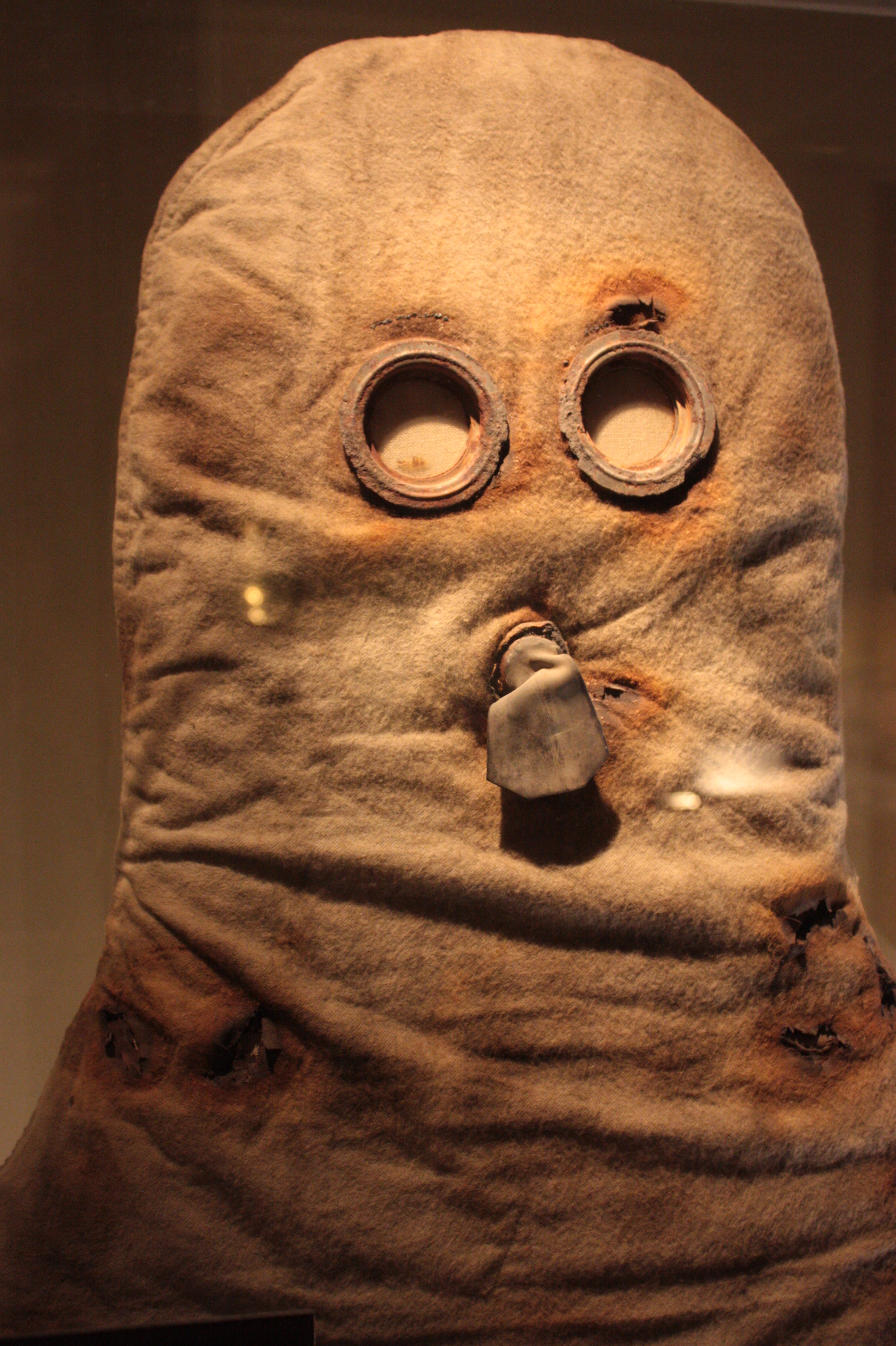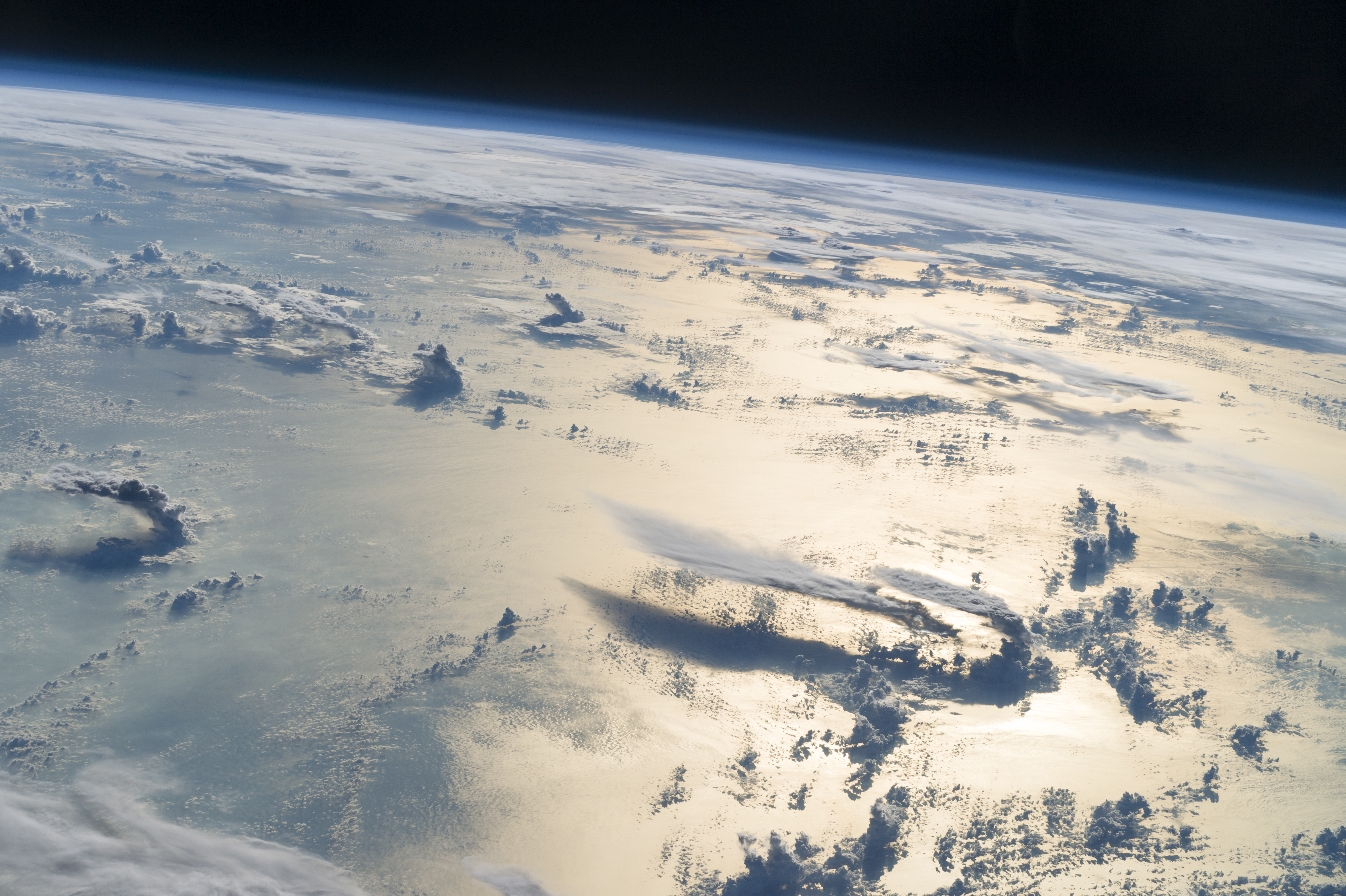|
Miyake-jima
is a Volcano, volcanic island in the Izu Islands, Izu archipelago in the Philippine Sea approximately southeast of Tokyo, Japan. As with the other islands in the Izu Island group, Miyake-jima forms part of the Fuji-Hakone-Izu National Park. Etymology There are many theories about the origin of Miyake-jima's name. One theory claims a manuscript about the island's genesis called the :ja:%E4%B8%89%E5%AE%85%E8%A8%98, ''Miyakeki'' (三宅記), written by a Shinto priest from the island, influenced the name. The manuscript explains how a deity, ''Mashima'' (三嶋), constructed his palace on the island after having built two other houses on neighbouring islands. Each of the houses had their backs facing the palace, thus giving a lined up impression. This belief is known as the 'three-house theory'. Another hypothesis says that the shrines on Miyake-jima are historically related to those on Itsukushima, Miyajima, an island in Hiroshima Bay. As there are many more speculations, the tr ... [...More Info...] [...Related Items...] OR: [Wikipedia] [Google] [Baidu] |
Izu Islands
The are a group of volcanic islands stretching south and east from the Izu Peninsula of Honshū, Japan. Administratively, they form two towns and six villages; all part of Tokyo Prefecture. The largest is Izu Ōshima, usually called simply Ōshima. Although usually called the "Seven Islands of Izu" (:ja:伊豆七島, 伊豆七島 in Japanese), there are in fact more than a dozen islands and islets. Nine among them are currently inhabited. Geography The Izu islands stretch south-east from the Izu Peninsula on Honshu and cover an area of approximately . There are nine populated islands with a total population of 24,645 people () spread over . The largest of them is Izu Ōshima, Izu Oshima (8,346 inhabitants, ), the smallest To-shima, Tokyo, Toshima (292 inhabitants, .) Of the inhabited islands, seven are traditionally referred to as the "Izu Seven": Oshima, Toshima, Nii-jima, Niijima, Kōzu-shima, Kozushima, Miyake-jima, Miyakejima, Hachijō-jima, Hachijojima, and Mikura-jim ... [...More Info...] [...Related Items...] OR: [Wikipedia] [Google] [Baidu] |
Tokyo
Tokyo, officially the Tokyo Metropolis, is the capital of Japan, capital and List of cities in Japan, most populous city in Japan. With a population of over 14 million in the city proper in 2023, it is List of largest cities, one of the most populous urban areas in the world. The Greater Tokyo Area, which includes Tokyo and parts of six neighboring Prefectures of Japan, prefectures, is the most populous metropolitan area in the world, with 41 million residents . Lying at the head of Tokyo Bay, Tokyo is part of the Kantō region, on the central coast of Honshu, Japan's largest island. It is Japan's economic center and the seat of the Government of Japan, Japanese government and the Emperor of Japan. The Tokyo Metropolitan Government administers Tokyo's central Special wards of Tokyo, 23 special wards, which formerly made up Tokyo City; various commuter towns and suburbs in Western Tokyo, its western area; and two outlying island chains, the Tokyo Islands. Although most of the w ... [...More Info...] [...Related Items...] OR: [Wikipedia] [Google] [Baidu] |
Mikura-jima
is an inhabited volcanic Japanese island in the Pacific Ocean. Nussbaum, Louis-Frédéric. (2005)"''Izu Shotō'',"''Japan Encyclopedia,'' p. 412. The island is administered by Tōkyō Metropolis and is located approximately south of Tokyo and south-southeast of Miyakejima. It is one of the Izu Seven Islands group of the seven northern islands of the Izu archipelago. Mikurashima is administratively part of Mikurashima Village under Miyake Subprefecture of Tokyo Metropolis. , the island's population was 351. Mikura-shima is also within the boundaries of the Fuji-Hakone-Izu National Park. History The island has apparently been inhabited for thousands of years, but existing records only extend to the Edo period. Mikura, along with the rest of the Izu Islands, was designated as a place of exile during the Tokugawa shogunate, and up to 10% of current island residents are descendants of political exiles. In 1714, an important official from the shogunate, physician Kochikuin O ... [...More Info...] [...Related Items...] OR: [Wikipedia] [Google] [Baidu] |
Multi-Component Gas Analyzer System
A multi-component gas analyzer system (Multi-GAS) is an instrument package used to take real-time high-resolution measurements of volcanic gases. A Multi-GAS package includes an infrared spectrometer for carbon dioxide, CO2, two electrochemical sensors for Sulfur dioxide, SO2 and Hydrogen sulfide, H2S, and pressure–temperature–humidity sensors, all in a weatherproof box. The system can be used for individual surveys or set up as permanent stations connected to radio transmitters for transmission of data from remote locations. The instrument package is portable, and its operation and data analysis are simple enough to be conducted by non-specialists. Multi-GAS instruments have been used to measure volcanic gases at Mount Etna, Stromboli, Vulcano Italy, Villarrica (volcano) Chile, Masaya Volcano Nicaragua, Mount Yasur, Miyake-jima and Mount Asama Japan, Soufrière Hills Montserrat, with permanent installations at Etna and Stromboli. The development of this instrument has helped s ... [...More Info...] [...Related Items...] OR: [Wikipedia] [Google] [Baidu] |
Fuji-Hakone-Izu National Park
is a national park in Yamanashi, Shizuoka, and Kanagawa Prefectures, and western Tokyo Metropolis, Japan. It consists of Mount Fuji, Fuji Five Lakes, Hakone, the Izu Peninsula, and the Izu Islands. Fuji-Hakone-Izu National Park covers . Rather than being a specific spot, the park is a collection of dispersed tourist sites that dot the region. The farthest point south, the isle of Hachijō-jima, is several hundred kilometers from Mount Fuji. The park includes a variety of geographic features including natural hot springs, coastlines on the Pacific, mountainous areas, lakes, and more than 1,000 volcanic islands. Vegetation in the park ranges from species of mountainous trees to the subtropical vegetation of the Izu Islands. Fuji-Hakone-Izu National Park was established on February 2, 1936, as Fuji-Hakone National Park, and is one of the first four national parks established in Japan. In 1950, the Izu islands were added to the park, a change that also reflected in the park's r ... [...More Info...] [...Related Items...] OR: [Wikipedia] [Google] [Baidu] |
Miyake, Tokyo
is a village located in Miyake Subprefecture, Tokyo Metropolis, Japan. , the village had an estimated population of 2,273, and a population density of 41.1 persons per km2. Its total area is . Geography Miyake Village covers the island of Miyakejima, in the Izu archipelago in the Philippine Sea and the nearby uninhabited Ōnohara Islands, south of central Tokyo. Neighboring municipalities *Tokyo Metropolis **Hachijō, Tokyo ** Kōzushima, Tokyo Demographics Per Japanese census data, the population of Miyake did not fully rebound following the island's evacuation in 2000. History It is uncertain when human settlement first began on Miyakejima, but the island was known to be inhabited since at least in the early Nara period, and is mentioned in historical records for its many volcanic eruptions. The island was used as a penal colony during the Edo period. After the start of the Meiji period, in 1878, the island came under the control of Tokyo-fu and was organized into f ... [...More Info...] [...Related Items...] OR: [Wikipedia] [Google] [Baidu] |
Sulfur Dioxide
Sulfur dioxide (IUPAC-recommended spelling) or sulphur dioxide (traditional Commonwealth English) is the chemical compound with the formula . It is a colorless gas with a pungent smell that is responsible for the odor of burnt matches. It is released naturally by volcanic activity and is produced as a by-product of metals refining and the burning of Sour gas, sulfur-Sour crude oil, bearing fossil fuels. Sulfur dioxide is somewhat toxic to humans, although only when inhaled in relatively large quantities for a period of several minutes or more. It was known to medieval alchemy, alchemists as "volatile spirit of sulfur". Structure and bonding SO2 is a bent molecule with ''C''2v Point groups in three dimensions, symmetry point group. A valence bond theory approach considering just ''s'' and ''p'' orbitals would describe the bonding in terms of resonance (chemistry), resonance between two resonance structures. The sulfur–oxygen bond has a bond order of 1.5. There is support f ... [...More Info...] [...Related Items...] OR: [Wikipedia] [Google] [Baidu] |
Gas Mask
A gas mask is a piece of personal protective equipment used to protect the wearer from inhaling airborne pollutants and toxic gases. The mask forms a sealed cover over the nose and mouth, but may also cover the eyes and other vulnerable soft tissues of the face. Most gas masks are also respirators, though the word ''gas mask'' is often used to refer to military equipment (such as a field protective mask), the scope used in this article. Gas masks only protect the user from ingesting or inhaling chemical agents, as well as preventing contact with the user's eyes (many chemical agents affect through eye contact). Most combined gas mask filters will last around 8 hours in a biological or chemical situation. Filters against specific chemical agents can last up to 20 hours. Airborne toxic materials may be gaseous (for example, chlorine or mustard gas), or particulates (such as biological warfare, biological agents). Many filters provide protection from both types. The first gas m ... [...More Info...] [...Related Items...] OR: [Wikipedia] [Google] [Baidu] |
Japan National Tourism Organization
The , JNTO, provides information about Japan to promote travel to and in the country. It was established in 1964 and its headquarters are in Yotsuya, Shinjuku-ku, Tokyo. The JNTO operates Tourist Information Centers (TICs) as well as a website. It disseminates information about transportation, lodging, food and beverage, and sight-seeing as well as published tourism statistics and market reports. It also provides support for international conventions and incentive events. Functions JNTO is an Independent Administrative Institution of the government of Japan. Its publications and website assist in preparing travel itineraries within Japan, providing a wide range of travel information in English and other languages on transportation, accommodations, shopping and events. The materials are updated frequently. While traveling in Japan, visitors may take advantage of the nationwide "i" Information System, which numbered 113 outlets in 2004. Each "i" center is an information source for ... [...More Info...] [...Related Items...] OR: [Wikipedia] [Google] [Baidu] |
Philippine Sea
The Philippine Sea is a List of seas#Marginal seas by ocean, marginal sea of the Pacific Ocean, Western Pacific Ocean east of the list of islands of the Philippines, Philippine Archipelago (hence the name) and the List of seas#Largest seas by area, largest sea in the world, occupying an estimated surface area of . The Philippine Sea Plate forms the floor of the sea. Its western border is the first island chain to the west, comprising the Ryukyu Islands in the northwest and Taiwan in the west. Its southwestern border comprises the Philippines, Philippine islands of Luzon, Catanduanes, Samar, Leyte, and Mindanao. Its northern border comprises the Japanese islands of Honshu, Shikoku and Kyūshū. Its eastern border is the second island chain to the east, comprising the Bonin Islands and Iwo Jima in the northeast, the Mariana Islands (including Guam, Saipan, and Tinian) in the due east, and Halmahera, Palau, Yap and Ulithi (of the Caroline Islands) in the southeast. Its southern ... [...More Info...] [...Related Items...] OR: [Wikipedia] [Google] [Baidu] |
Prediction Of Volcanic Activity
Prediction of volcanic activity, and volcanic eruption forecasting, is an interdisciplinary monitoring and research effort to predict the time and severity of a volcano's eruption. Of particular importance is the prediction of hazardous eruptions that could lead to catastrophic loss of life, property, and disruption of human activities. Risk and uncertainty are central to forecasting and prediction, which are not necessarily the same thing in the context of volcanoes, where opinions have often played a role, and the prediction in time (forecasting) for an individual volcano is different from predicting eruption characteristics for apparently similar volcanoes. Both forecasting and prediction have processes based on past and present data. Seismic waves (seismicity) General principles of volcano seismology * Seismic activity (earthquakes and tremors) always occurs as volcanoes awaken and prepare to erupt and are a very important link to eruptions. Some volcanoes normally have co ... [...More Info...] [...Related Items...] OR: [Wikipedia] [Google] [Baidu] |






